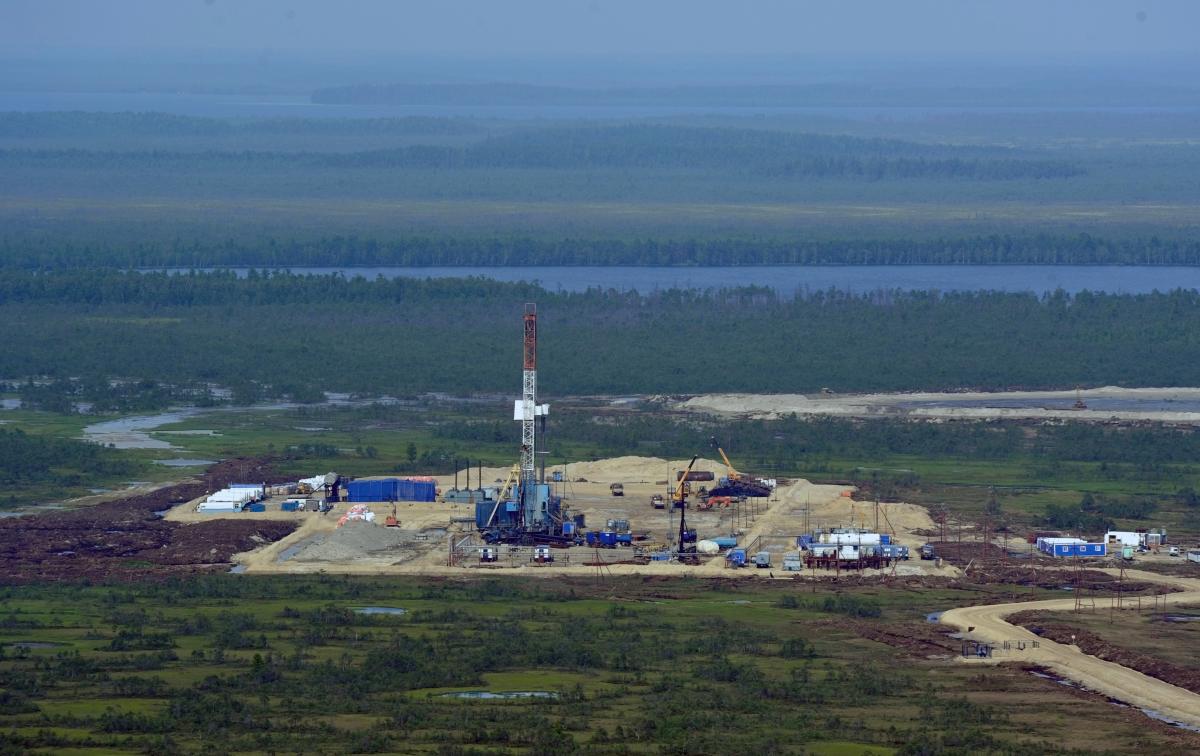Russia begins drilling at major Arctic oil reserve
Oil from the the Payakha field will be shipped to buyers along the Northern Sea Route.

Operations at what could become the largest oil field in the Arctic began on June 13 when Russia’s Neftegazholding began drilling at Payakha, in northern Siberia.
Situated on the mouth of the Yenisey River, at the edge of the Kara Sea, the Payakha field could hold up to 1.2 billion tons of oil, according to Rosnedra, Russia’s state mineral extraction agency, which earlier this year made a significant upgrade of the field’s resource potential.
“Today is a triumphant day,” Andrey Polyakov, Neftegazholding’s vice president, said during a ribbon-cutting ceremony. “The preparatory and testing phases are completed and we start drilling of the first group of wells in the unique Payakha area.”
Footage from local journalists from TV channel Yenisey.
Neftegazholding intends to produce 26 million tons of oil on site each year. A large, but unspecified, number of wells are to be drilled by a special rig that has been installed on site.
Work will be carried out in a covered facility, which will provide workers with protection against the harsh Arctic winds and severe temperatures.
The project includes the building a 250-mile (400-km) pipeline to the town of Dikson, on the Kara Sea coast, as well as a major sea terminal. The oil will be shipped on the Northern Sea Route.
The Payakha field could become a key part of Vladimir Putin’s grand plan to boost cargo volumes on the Northern Sea Route to 80 million tons a year by 2024.
The Payakha field has the potential to become a crucial component in a new Arctic oil pipeline planned by Rosneft. The state oil company says it intends to build a 375-mile pipeline from the Vankor fields in western Siberia to the coast of the Taymyr Peninsula that could connect with the Payakha field.